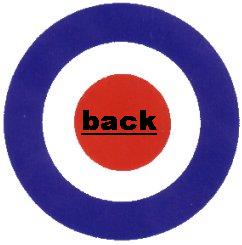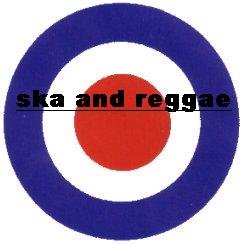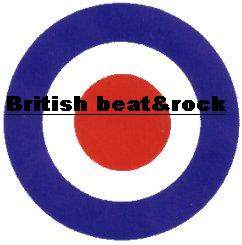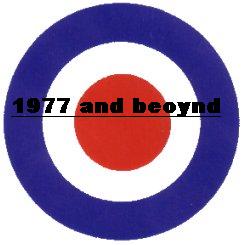Soul
As said before, the majority of mods happily embraced black American Soul in the 1960s. Since the modernists had a strong tendency to break with the past, they were adamant to find something new in terms of sound. After their first love affairs with modern jazz and bebop, they started listening to original American R&B music. Although jazz was still popular it wasn’t really fit for the dancefloor which became ever more the playground for young mods. Soul music – or R&B as it was called then – had the potential to hit both heart and head and was the perfect soundtrack for a night out. In addition pills became the infamous support of staying out until dawn and only contributed to this completely new dance fashion. Last but not least did the extraordinary dress sense of black American R&B artists have a huge impact on modernists.
The very first singles to come across the Atlantic were by the likes of Ray Charles, The Miracles or The Impressions. Back then it was rather difficult to get hold of the latest records, hence it was mainly British-based American soldiers who brought records over or record dealers who imported them via Liverpool and its port.
But record labels did already exist, of course, and there were three labels that stuck out from the start. The most influential one was the Tamla outfit, which was later renamed Tamla Motown, due to it hailing from Detroit, the capital of America’s car industry. Tamla gave the world such incredible artists as Martha & the Vandellas, The Supremes, The Temptations or The Four Tops, all of which finally became superstars and are still held in high esteem even today.
The other two were Memphis’ Stax, with mod gods such as Booker T.& The MG’s or Otis Reading, and Atlantic Records with Ray Charles or Solomon Burke.
The breakthrough for American R&B on a wider scale came in the mid-Sixties when both Tamla and Stax sent their biggest players over to tour the UK. There had already been a Tamla Motown fan club in Britain and thanks to their effort and the BBC’s Ready Steady Go!, who broadcast a Motown special in 1965, their music was now accessible to a wider public. Stax followed suit with a UK tour featuring amongst others Sam & Dave, Booker T.& The MG’s and Otis Reading. They were in the same league now as all the British R&B bands such as The Who or The Kinks, who themselves called black American soul their greatest influence and kept performing cover versions of their songs.
Although its exclusivity was lost, R&B remained the mods’ darling. In the late 60s, however, the importance of Soul began to fiddle out. The arrival of new drugs such as LSD and the hippie culture made London clubs drop R&B from their playlists. The music did survive, though, and took a new shape, but around 200 miles up north. The Twisted Wheel in Manchester had already been a soul and blues club, but now it became the birth place of a new dance craze, which would eventually come to be known as northern soul.
To be continued…



